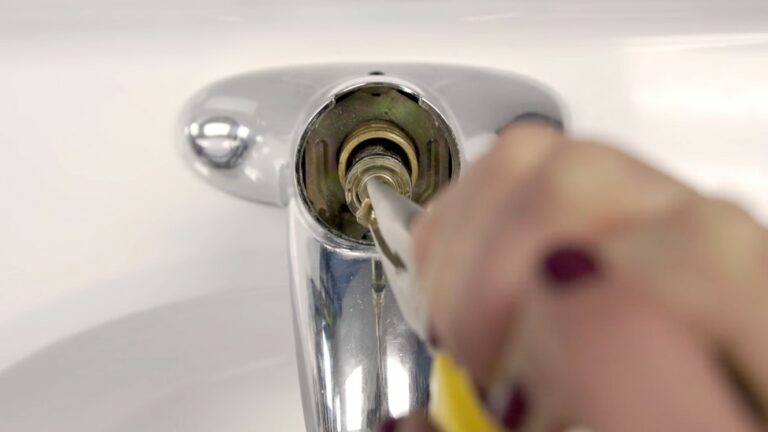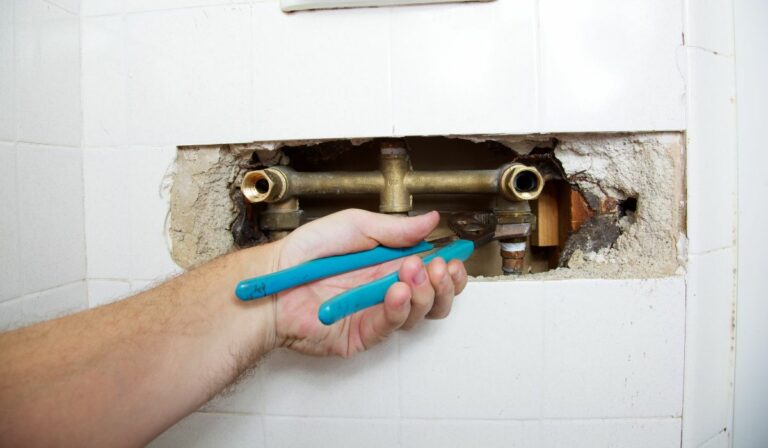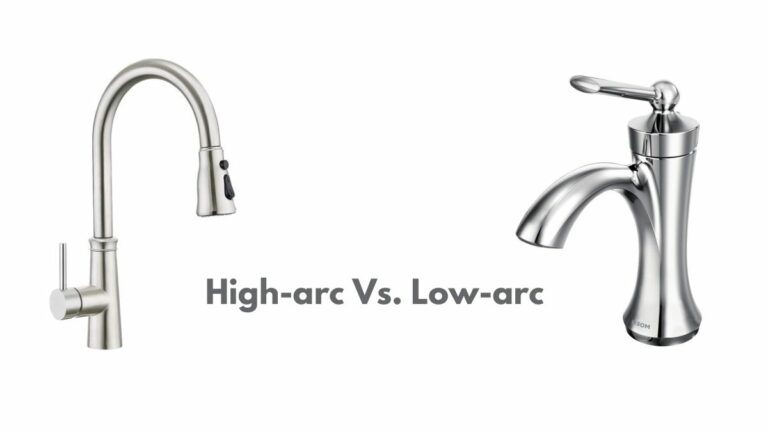How Many Types of Faucet Handles Are There?
A good faucet makes our life much easier when washing the dishes in the kitchen or taking a bath. But the central part that controls the quality of faucet water is its handle.
A wrong handle makes water leak, does not have the correct pressure, or is super tight/loose even to maneuver. That’s why you need to choose a handle that will sustain.
There are several types of faucet handles available in the market. The most prominent ones are the lever, blade, and cross handles. They each have a distinctive design and best suit different faucets.
In this article, I will tell you everything about how many spouts handles there are and which faucet they’ll suit the best. Read more and find out the types.
Types of Faucets
To know about different types of faucet handles, you first need to know the types of faucets. They will help you decide which handle to choose and where we can use it.
Let’s take a look at the four major types of faucets below.
Compression Faucets
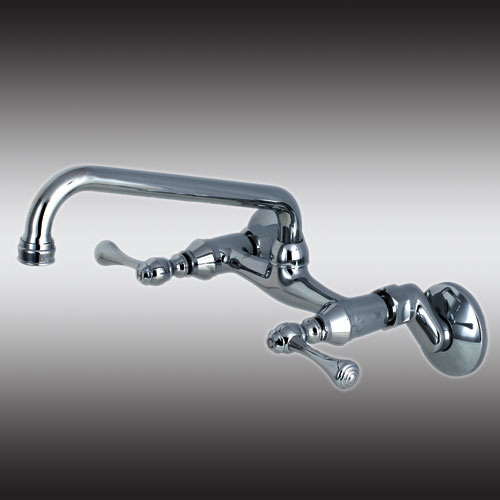
Compression sinks are one of the oldest and most traditional kinds of faucets you can find. They require two handles.
Their functions are just as the name suggests. You must compress and twist the spout’s stems to turn on the faucet.
Each handle controls the temperature of the water. Like a screw, when you loosen the cold water handle, the stem will allow the water from the valve to flow.
The same happens in the case of hot water handles as well. Compression spouts are currently the only kind that requires a washer.
Cartridge Faucets

Compression and cartridge systems look very similar from the outside. But their functions are actually different from each other.
If you’re confused between single vs double handle faucet, Cartridge faucets can be a great choice for you to choose from.
They can have both single or double handles in terms of the parts of a faucet. They require no washer and no twisting when it comes to turning the water line on.
All you need to do is move either of the handles slightly in the horizontal direction, and you’ll get the water.
Regarding internal functions, cartridge spouts contain a metal cartridge that works like a door to the water lines. The cartridge opens whenever you move your handle, and water flows through the faucet.
Ball Faucets
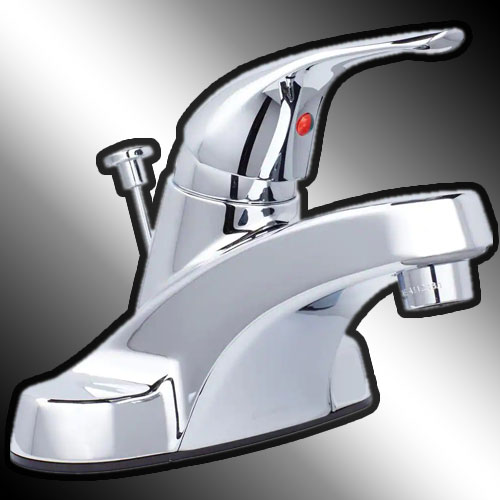
These spouts are controlled by a ball that remains inside the system and can rotate horizontally and vertically through a single handle. When you move the handle, the ball inside seals and opens the slits to the water lines.
It helps water flow according to your desired temperature and pressure with the help of that one ball.
Disc Faucets
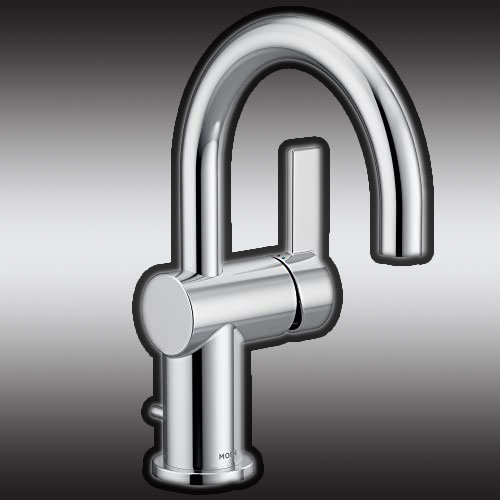
Two discs on top of the cylindrical spout control a disc faucet. They require a single handle, which controls the upper disk’s rotation.
When the handle aligns both discs with each other, the water flow is sealed off. On the other hand, when you move the handle, the upper disc moves accordingly to control the water flow.
These sinks are the most modern and durable.
Different Types of Faucet Handles
Now that you know how many faucets there are, it will be easier to figure out which handle is used for what reasons.
There are a variety of designs when it comes to faucet handles. But you can mainly categorize them into three types.
A factor that plays a role in which handle to use is whether your faucet needs a single handle or double handles.
Therefore, let’s look at the three significant types of faucet handles available in the market below −
Lever Handles
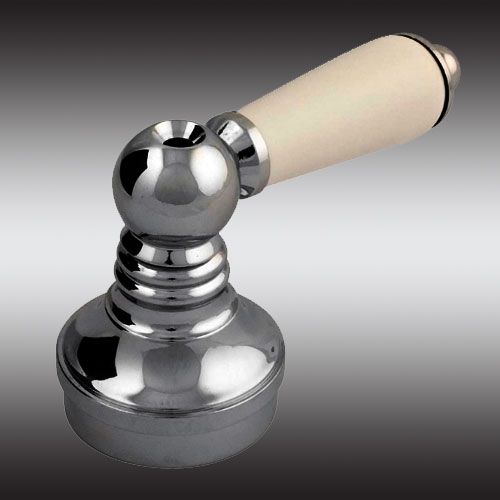
This is the most common type of handle currently seen in homes and all other spaces.
Lever handles are easy and simple to use. They also have a classy design that goes well with a modern interior.
These handles sit on top of the spout at a perpendicular angle. You can attach them with both single or double-handle faucets.
Furthermore, they have a rectangular shape. Double-handed levers are primarily seen in cartridge sinks.
Single levers are the most common in disc and ball faucets. The lever design makes it easy for the disc or the ball to move with its simple rotation.
Moreover, you can move a lever handle up and down and in horizontal directions. That makes the handle easy to maneuver and does not require much strength.
Cross Handles
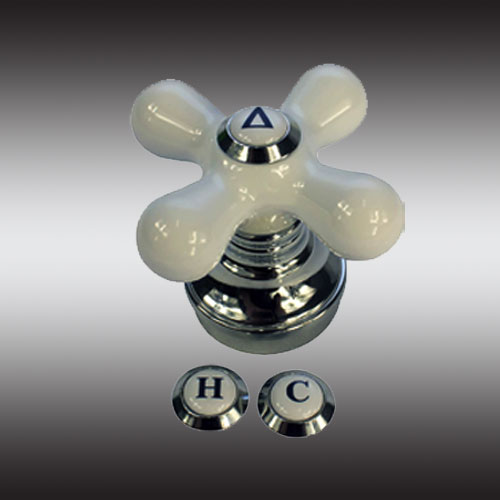
These handles are mostly seen in compression faucets. That is because they have a twist function instead of push and pull, so you cannot use them like a lever.
They normally have a cross or X shape and give a vintage vibe. Hence, people like to use them if they have a traditional interior and are looking for something more conventional.
The use of cross handles also depends on the type of faucet you have. Comparatively, they are harder to use and require more strength than lever handles.
Blade Handles
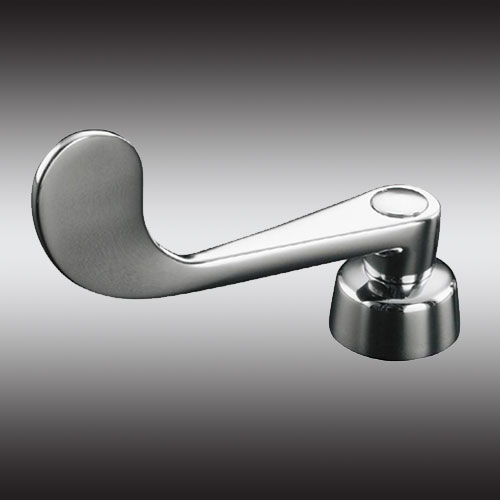
These parts function a lot like lever handles. They move vertically and sidewise.
What’s unique about them is their outlook, as they have a wavy shape. You may compare it with a butter knife as well.
Moreover, these handles mostly come in pairs. So, people very often use them in compression or cartridge faucets.
You need a firm grip when holding these handles due to their shape.
In addition, they come in several sizes. So if you have a small sink, you may consider getting a blade handle as it may come as handy.
Frequently Asked Questions
1. What is the most preferable handle for cartridge faucets?
For cartridge faucets, you may use both levers or blades. If you have a small sink, you may get blade handles, and levers would look the best for a larger sink.
2. Which one is better- single vs. double handle faucet?
Single-handle faucets are better as they are simpler to use. They take less time to set your water to the right temperature. Besides, there is much less scope for maintenance for single-handle faucets compared to double handles.
3. Which faucet handle is most prone to break down?
Cross handles or any other twisting handles are most susceptible to breaking down. They have knots inside that often break if you do not twist them right. Besides, applying too much strength may also malfunction these handles.
Final Words
Handles are a very integral part of the faucet. They play a role in the aesthetics and act as our main point of contact with the whole faucet system.
You must choose the right handle for yourself, as comfort is also an issue.
In this article, I have told you everything about the various types of faucet handles there are. You now know which is good for which type of faucet, so choose the one you think would be ideal.

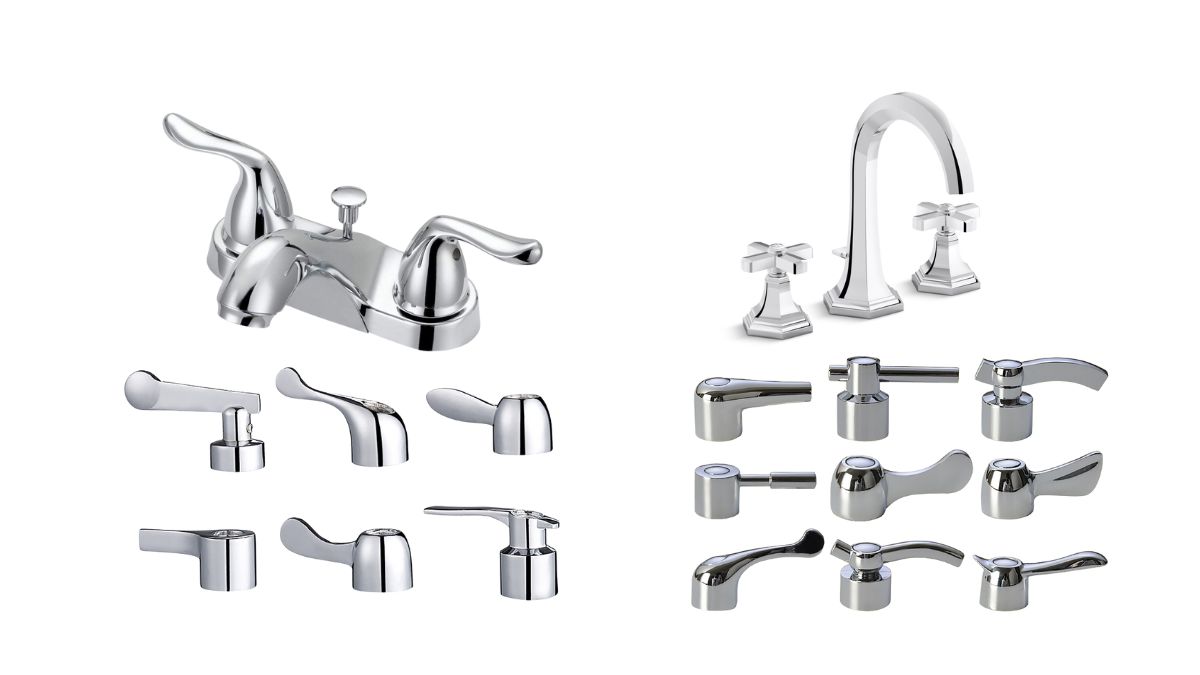
![Outdoor Faucet Leaks When Turned On and Off [Solved]](https://faucetfam.com/wp-content/uploads/2023/07/Outdoor-Faucet-Leaks-When-Turned-On-and-Off-768x448.jpg)
